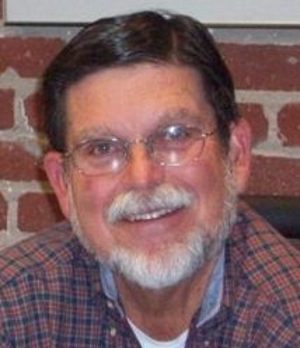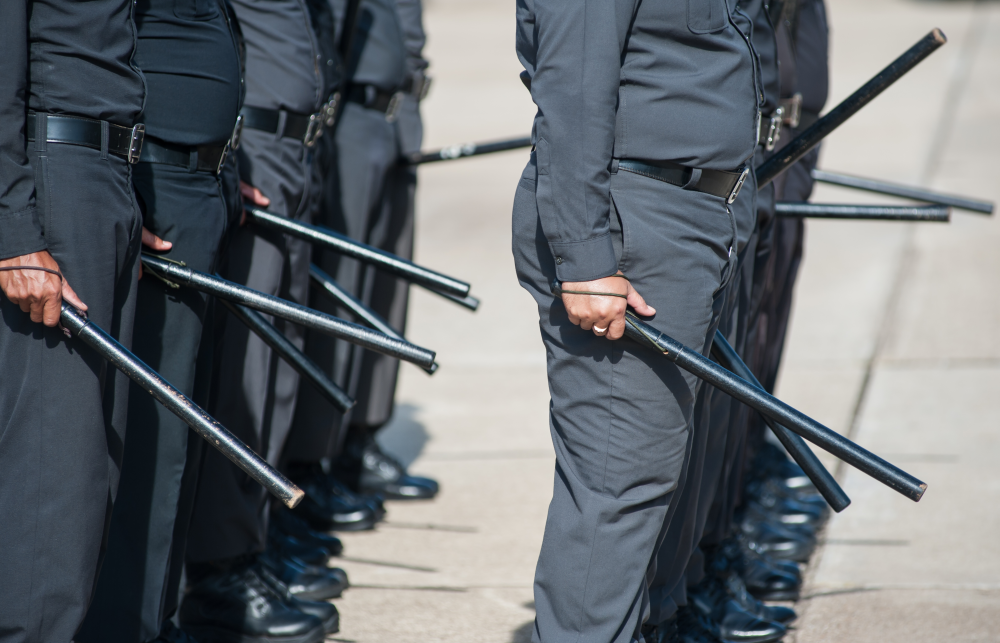I have been researching and teaching about crime and justice for more than 40 years. My work has focused on the importance of race and social class in understanding the issues that people face in these systems. Within this broad area of concern is the relationship between the police and communities of color, especially Black communities. The use and abuse of force has been a constant throughout the history of this relationship. This was on full display when a video was released of the police killing of George Floyd in Minneapolis on May 25.
Atrocities such as this one have been a regular occurrence in Black communities since there were organized police forces. This fact has been thoroughly documented through personal stories of victims and witnesses, research by social scientists and, most recently, via video. The increasing prevalence of witness videos has changed the narrative, bringing the problem into the homes of millions, especially white Americans. It began with the beating of Rodney King back in 1991, caught on camera. Black people and other people of color have known this all along. Until recently, white America has denied the problem.
For more information on Racial-Ethnic Fairness, go to JJIE Resource Hub | Racial-Ethnic Fairness
One of the points of discussion following George Floyd’s death is the overall culture of the police that condones the excessive use of violence. A widespread “get tough” mentality creates such behavior and is deeply embedded in our culture. It is found in the military and throughout our criminal justice system.
Over the past four decades, I have facilitated many class discussions on policing and, almost without exception, it has been students of color who told of their own negative experiences with police officers. Many have been beaten or harassed unnecessarily by the police. Several have witnessed the killing of a Black civilian by the police.
It may come as a surprise to many who read this that America is almost as segregated as it ever was. Almost 50 years ago, the Kerner Commission, in their report on the uprisings of the 1960s, stated, “Our nation is moving toward two societies, one black, one white — separate and unequal.” Most large urban areas are still highly segregated, especially in schools. Not only are schools segregated, but law enforcement presence on public school campuses has been on the rise in recent years. School resource officers (SROs), sworn law enforcement officials placed among our youth, further the school-to-prison pipeline that disparately impacts youth of color.
One of the main functions of the police in a racially segregated society is to help, directly or indirectly, perpetuate this segregation and the resulting inequality. Study after study has documented this function. In Black communities, the police often perform this function in a brutal way, treating Black citizens as inferior subjects while using force excessively.
SWAT teams were only the start
There has been a growing phenomenon called the “militarization of criminal justice,” as documented by criminologist Peter Kraska of Eastern Kentucky University. Kraska explains this corresponds with “a set of beliefs and values that stress the use of force and domination as appropriate means to solve problems and gain political power, while glorifying the means to accomplish this — military power, hardware, and technology.”
This includes the use of military discourse and metaphors (e.g., “collateral damage,” “under siege”). This also involves the latest and most sophisticated technology, various forms of intelligence gathering, the use of special weapons and tactics (SWAT) within both the police and the prison system.

Randall G. Shelden
The militarization of the police began in the 1960s with the creation of SWAT teams. As noted by Radley Balko, in 1970 there was only one SWAT team in the entire country (Los Angeles), but by 1975 there were about 500. In 1982, 59% of U.S. cities of over 50,000 population had a SWAT team; by 1995 that percentage had risen to 89. By 2005, according to Balko, about 80% of “towns with a population between 25,000 and 50,000 people had their own SWAT team.
The number of raids conducted by local police SWAT teams has gone from 3,000 a year in the 1980s to over 50,000 a year” in 2014. By 1995, three-fourths of the deployment of SWAT teams was to serve drug warrants; by 2001, that percentage was 94. The police institution has immersed itself in military methodology, including elements of military culture and tactics. In short, law enforcement has become a quasi-militaristic entity.
This has been on full display throughout the country in the aftermath of the killing of George Floyd as the police respond forcefully to the massive protests in every major city and many small communities. President Ddonald Trump has threatened to order the military and has demanded that the police use whatever force is necessary to quell the unrest, while urging governors of every state to be “dominant” over protesters.
Trump ordered “700 soldiers with the U.S. Army 82nd Airborne armed with fixed bayonets” to respond to the protests. This was part of “Operation Themis … [Trump’s] domestic military operation against protesters.” Themis is an ancient Greek goddess of law and order. The National Guard and the military have both been called out to control the protesters.
These protests against police brutality have been met by exactly that, police violence, including physical altercations, chemical spray, misuse of rubber bullets and even driving vehicles into crowds. In so many instances, the police have behaved as if they are a military operation in a war zone. Many of these behaviors have been encouraged by a president who has behaved more like a dictator than a democratic leader.
Behind police brutality is a culture that often approves of using force to solve problems. Collectively, we pay billions of dollars to witness aggressive punishment on television programs and in feature films. Most still support the death penalty, while during some executions large crowds of supporters gather outside the gates of the prison, cheering after the condemned is executed.
The recurrent theme of racism adds further fuel, with racial slurs often used to describe those on the receiving end of such brutality, communicating that these individuals are less than human. It is far easier to abuse or even kill someone who is deemed less than human by the perpetrators. This has become part of the police culture. How else can we explain how a police officer can place a knee on a man’s neck until he dies, while three fellow officers watch and do nothing to intervene?
We need a new type of training for the police, one that emphasizes being “guardians” rather than “warriors.” Such a method has already been underway in Seattle. At the Washington State Criminal Justice Training Commission, “officials are determined to produce ‘guardians of democracy’ who serve and protect instead of ‘warriors’ who conquer and control” says Sue Rahr, who is the commission’s executive director.
Seth Stoughton, a law professor at the University of South Carolina and a former police officer in Tallahassee, Florida, has stated that,
“The goal of the guardian officer is to avoid causing unnecessary indignity. Officers who treat people humanely, who show them respect, who explain their actions, can improve the perceptions of officers, or their department, even when they are arresting someone.”
Even the military provides this role on occasion in countries devastated by war, famine and other serious problems (often playing the role of “peacemakers”).
There is some evidence that the guardian approach works better. A team of researchers at Florida State University conducted a survey of police officers in Fayetteville, North Carolina, and Tucson, Arizona. The researchers found that “officers who scored higher on the guardian measure were more likely to value communication, while higher scores on the warrior measure revealed greater importance of physical control and more favorable attitudes toward excessive use of force.” Moreover, “the warrior mentality often leads to more use of force, making it more likely that the officer or the citizen gets injured.”
The guardian approach became central to President Barack Obama’s Task Force on 21st Century Policing. Unfortunately, early in the Trump administration, police reforms recommended by the Obama task force were stopped. Furthermore, meaningful reform must address the challenging social conditions that undermine public safety in urban areas, primarily communities of color, that are rooted in our nation’s racist past. Let us hope that a new method of policing resembling the guardian model will emerge, alongside investment in community resources and schools pulling back on SROs. Despite the present atmosphere within police departments and a dictatorial administration, there is pressure building to enact lasting reforms.
Randall G. Shelden is a senior research fellow for the Center on Juvenile and Criminal Justice and co-editor of the Justice Policy Journal. He is a professor of criminal justice at the University of Nevada-Las Vegas.
